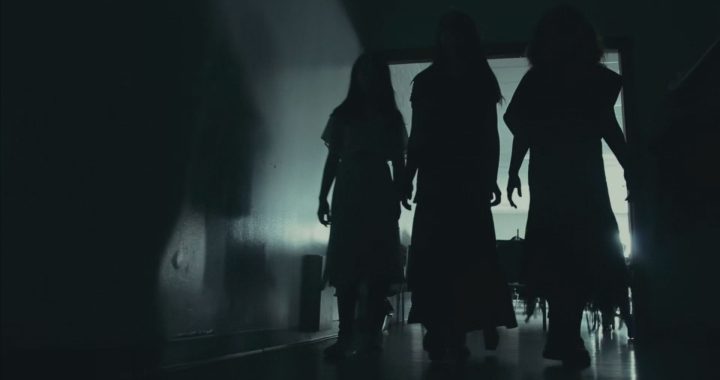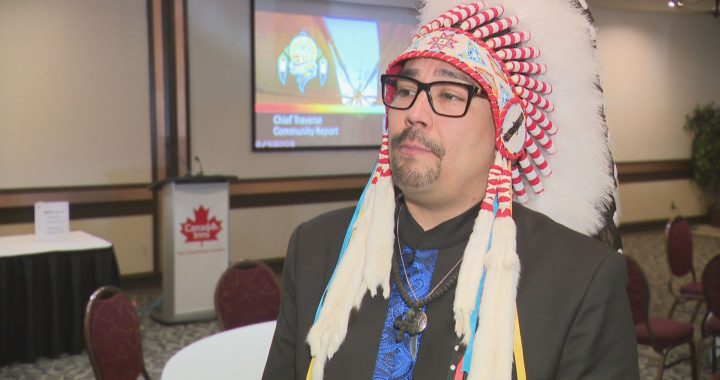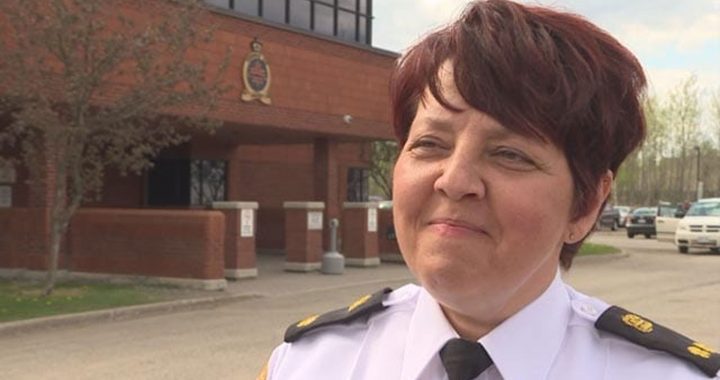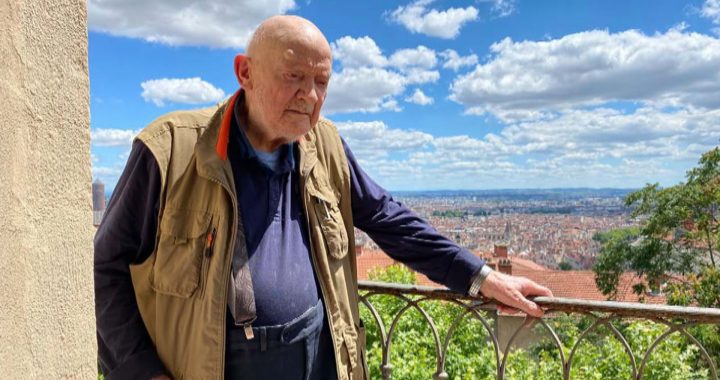The Winnipeg Police Service says it’s dealing with a rise in violent crime including murder over the past few weeks.
There have been 11 people killed since mid May, and this month, there have been four killings in a five day period. The latest being a 12-year-old boy who was stabbed during an altercation by a 19-year-old woman.
Kelly Gorkoff is the department chair at the University of Winnipeg’s criminal justice department. She said she believes part of reason for the rise in crime can be attributed to the change in seasons.
“Generally speaking, crime increases in the summer months and so that’s just more of a generalization. Sort of across the board, once the weather warms up there is an increase in all types of crimes,” she said.
However, Gorkoff said finding a root cause to the violence is complicated and there are a variety of factors at play.
“When we think about violent altercations, we can think about it more situationally, right. We can think about the fact that Winnipeg has one of the highest child poverty rates in Canada. We have the lowest minimum wage of any city over 500,000 people,” she told APTN News.
“There’s a lot of existing marginalization because of things like colonial trauma and the current situation isn’t improving.”
Gorkoff added that more policing is not necessarily the answer either.
“The response is, almost it tends to be more policing, it tends to be more punitive responses and those have never worked. We’re going on three years now of these high rates of homicide in Winnipeg and we’ve increased policing budgets every year and it has not had an impact,” she said.
“So something needs to change at sort of the level of prevention and really thinking about who is involved in homicides and why. A much more in depth kind of study for proper responses really.”
Gorkoff added community based resources could help bring down violence rates – groups like Ogijiita Pimatiswin Kinamatawin (OPK).
They work with Indigenous men who have had involvement with gangs, and the criminal justice system, as well as people of all backgrounds and genders in need of assistance.
“The message is a lot of our people, we suffer from lateral violence, where a lot of the violence that happens comes from our own people. I’m talking about Indigenous people. And what I want to teach young youth is that lateral empathy where we have love and we have empathy for our own people and from that, being a helper, helping our people comes good things,” said Henry McKay, a volunteer with OPK.
McKay, a member of Berens River First Nation in northern Manitoba, knows first hand the support a group like OPK can do as they helped him when he was younger, and now he’s trying to give back.
“Living in poverty, living in the inner-city I was oppressed, so it was kind of like a spark in my mind where I was like holy crap I got to work my way out of this, like I can’t be oppressed anymore, I don’t want to be oppressed. Like I said it’s empowering right, so a lot of the work that we do it’s empowerment and then we’re like ok you can do the work and get out.”
Despite grassroots organizations like OPK as well as the Bear Clan Patrol being in the community, both McKay and Gorkoff believe more resources are needed like mental health supports and drug related supports like safe injection sites.
Without them, they said violence in the city of Winnipeg will continue to happen.
“Ontario, B.C., Alberta, Quebec, Saskatchewan, they’re all experiencing high rates of homicide right now but Winnipeg tends to be different in the sense that it isn’t really changing. So in Ontario and B.C., they’ve increased minimum wage, they’ve increased supports in terms of substance use, safe injection sites, Manitoba doesn’t do that and it really seems like the vulnerability to be a victim and a perpetrator is different in Winnipeg,” said Gorkoff.
“Anything that can help build community and develop some sense of cohesiveness because when people share the kinds of same social norms and they protect each other, homicides rates go down. And we know that in smaller communities, there are much lower rates of assault and crime and homicide because people tend to want to help each other not hurt each other.”
McKay echoes the same thoughts when it comes to having drug related resources and training available.
“We need a lot of resources, we’re out there, not a lot of us are trained when it comes to meth use, substance use. We see a lot of psychosis from meth on the streets. People don’t feel safe, there’s a lot of random violent acts acted upon others you know so it’s just not safe,” said McKay.









